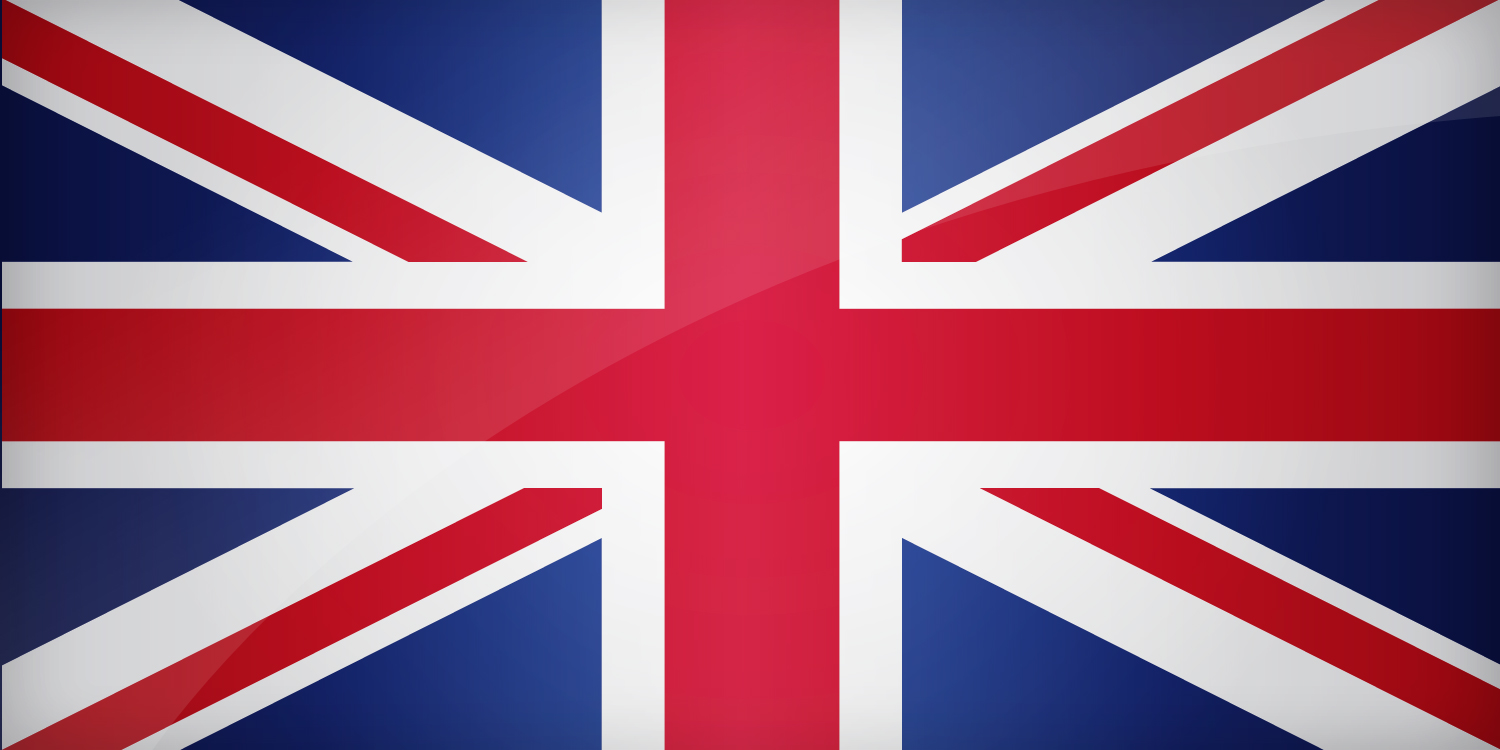United Kingdom Flag
The explanation for the symbols of the British Flag
The flag of the United Kingdom dates of 1801. It is also known as the Union Jack or Union flag arround the world, because it is a symbol of gathering of Commonwealth colonies.
The "Jack" is still under debate, but it seems that it refers to the name given to all flags on the english Navy, and it is here that was first used. This flag was adopted following the Act of Union between Ireland and Great Britain, which decided the unification of the countries. It consists of various elements: St. George’s cross, St. Andrew's cross, and St. Patrick’s cross.
St. George’s cross is the largest, it is outlined in red on white, aligned on flag’s edges (vertical and horizontal). It represents England, and features on its national flag. St. Andrew's cross represents Scotland. It’s lined in white on blue, and draws diagonals of the flag. It is used the same way on the Scottish flag. Finally, St. Patrick’s cross comes over it, red diagonal on white background : it represents Northern Ireland.
This cross had to be added because Northern Ireland did not (and still does not) have an official flag. Saint Patrick is their patron saint, that’s why this symbol was chosen at the time of the Act of Union.
National British Flag
You can download it in different sizes, in a decidedly modern design for your personal use, or for wider use. United Kingdom's flag is available in 4 different sizes.

Any use of our flags on the web has to lead to a link to this page as the source
If the use is made in the context of a site generating income, or for the purpose of generating income, a DMCA statement (Digital Millennium Copyright Act) will be filed.

